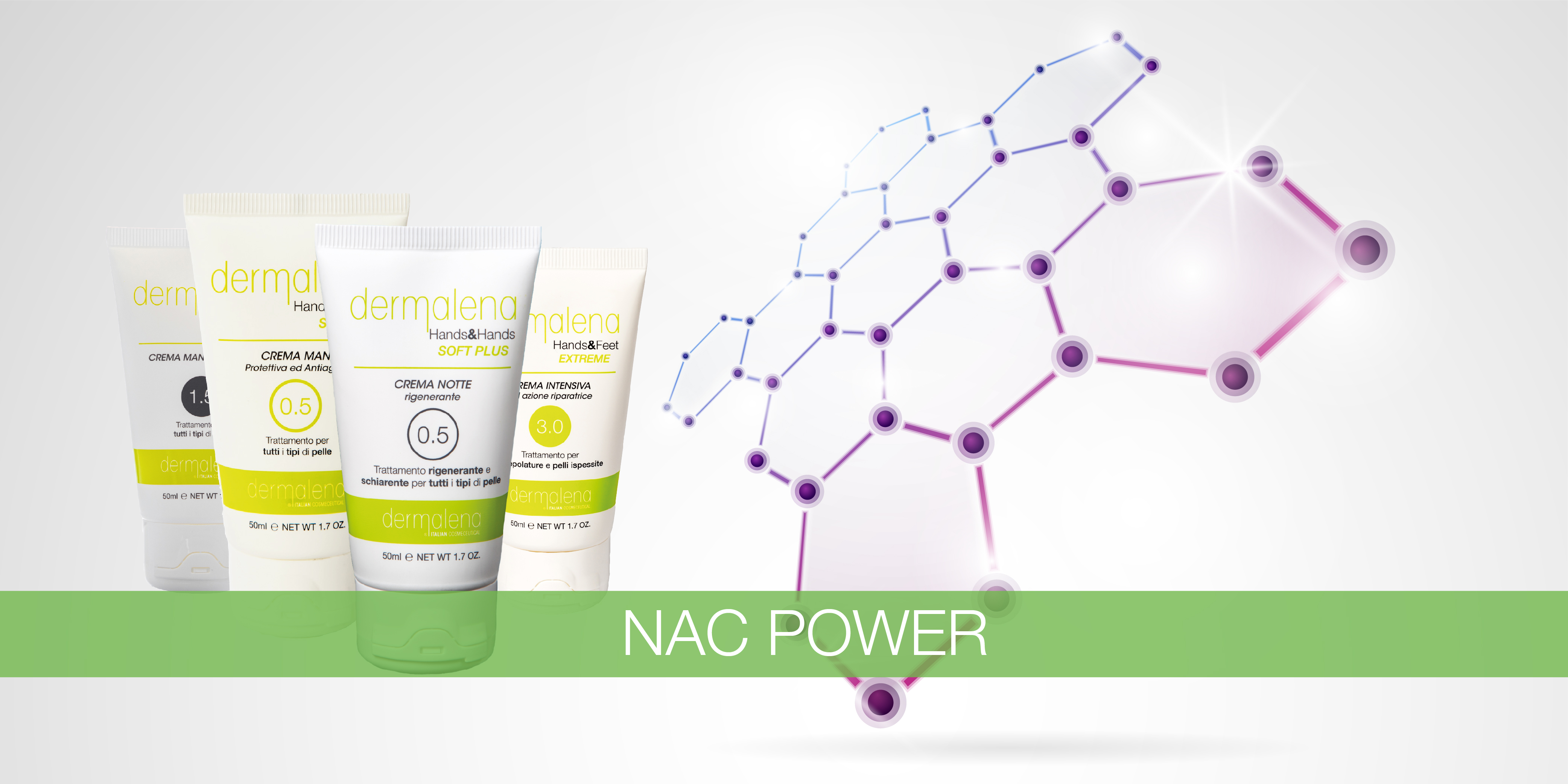N-ACETYLCYSTEINE
The central place of the DERMALENA philosophy is occupied byN-ACETYLCYSTEINE, also known as NAC, a substance with antioxidant action, able to physiologically neutralize free radicals.
The structure of the molecule also allows it to easily cross cell membranes.
Several studies can be found in the scientific literature, which enhance the therapeutic and preventive properties of N-ACETYLCYSTEIN by systemic means. We have shown that its action is equally valid in topical use. It is surprising its anti-aging role exercised through the elimination of free radicals, thus preventing the oxidation of RNA, DNA and CELLULAR MEMBRANES with the consequent dysfunctions.

